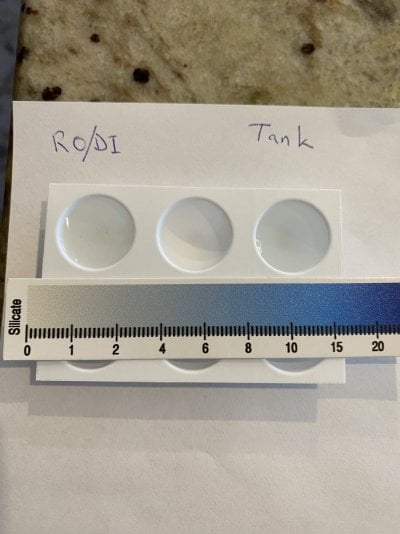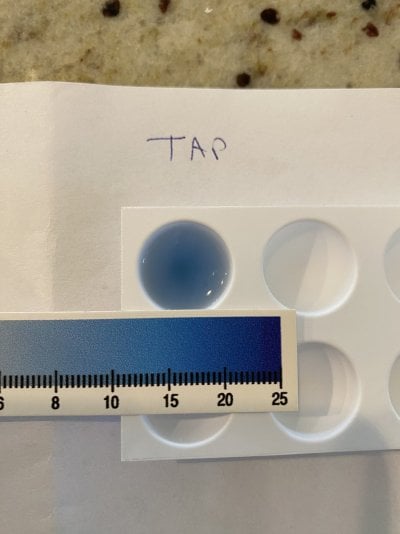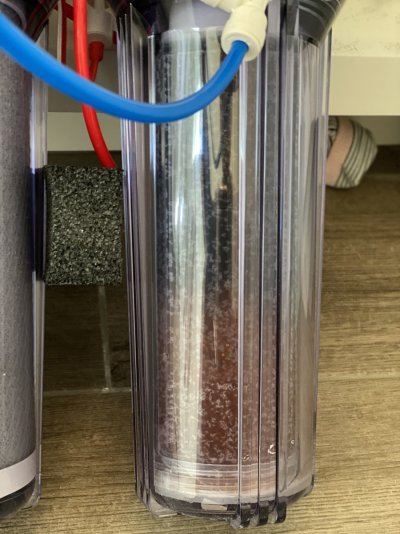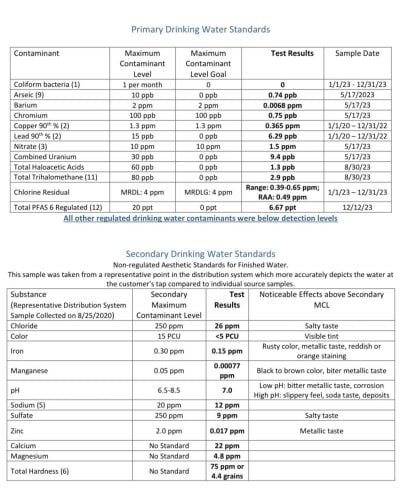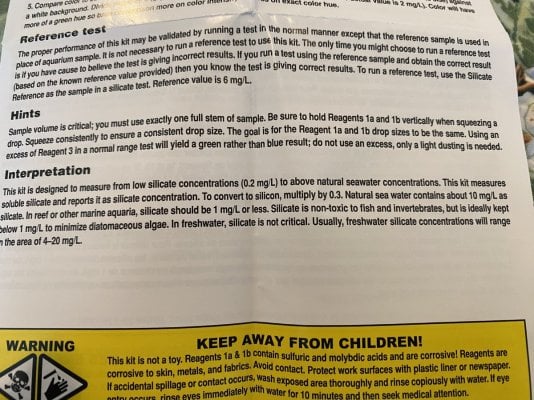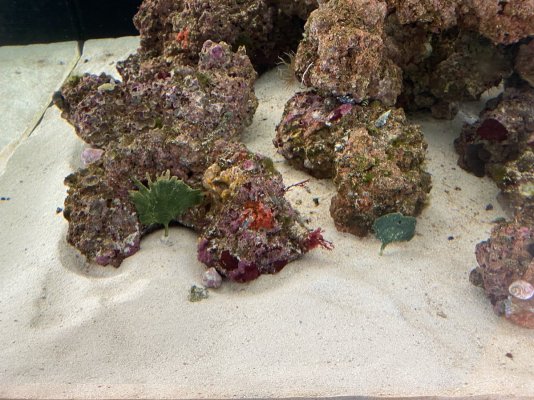Randy Holmes-Farley
Reef Chemist
View Badges
Staff member
Super Moderator
Excellence Award
Expert Contributor
Article Contributor
R2R Research
My Tank Thread
- Joined
- Sep 5, 2014
- Messages
- 67,477
- Reaction score
- 63,876
Yes I’ve read that, thank you. It doesn’t explain why Si would not be caught in the first cylinder, but caught in the second. If the ion is charged, it will be caught in that first stage by the Anion. If it’s not charged, it passes through, regardless of how many stages are in place. What would cause a lesser ionic bond that the Si ion passes through the first but not the second? What changes happen between the stages that helps make this correction? Does the Si gets “bumped out” by a stronger ionic bond, ie PO4? If so, how does that happen? And what gets priority if it’s not FCFS. That’s what I’m most curious about.
I’m not challenging the findings, just digging deeper for the complete answer. It’s how I learn.
Both remove a substantial fraction of what is present.
How about this as a random example: the first removes 80% of the silicate present. The second di removes 80% of the remainder, for a total removal of 96% of the silicate.



